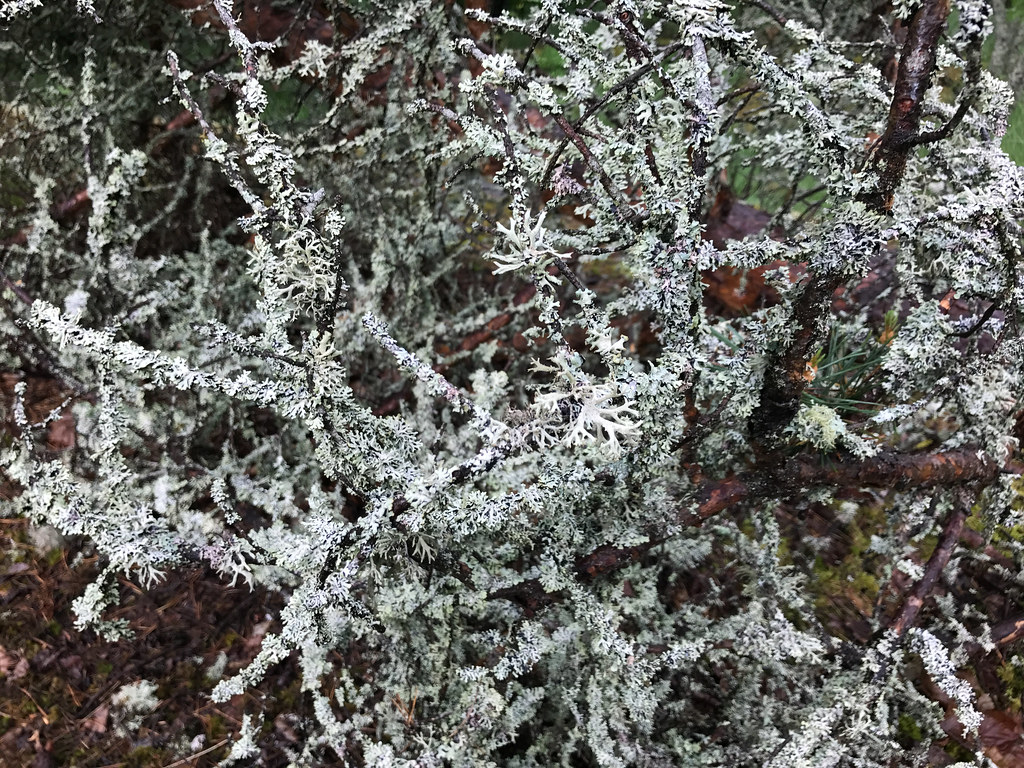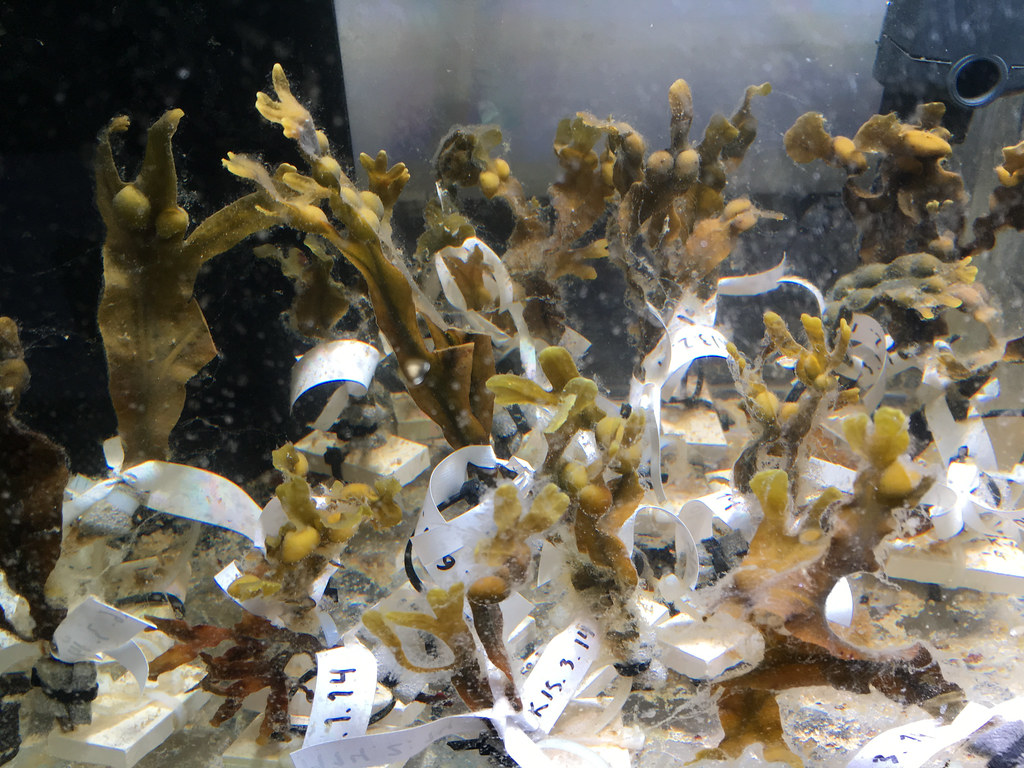This is an old revision of the document!
Table of Contents
Spectres In Change
Spectres in Change is envisaged as a 5-year project that invites international contemporary artists to work at the multidisciplinary research institute focused on climate change in the Turku Archipelago, Finland.

https://www.flickr.com/photos/foam/albums/72157683096135201
The island of Seili offers a rich context for artistic investigations and interventions as a microcosm that reflects the acute planetary challenges of the present against complex historical trajectories. Long-term scientific mapping of changes in the local ecosystem entwines here with centuries of institutionalised othering and biopolitics through the histories of illness and gender. The island has been a home to the Archipelago Research Institute since mid-1960's and holds a unique scientific collection of data. This provides now the basis for interdisciplinary modelling of future impacts of climate change as well as for analysis of the complex co-dependencies between different species including humans. Prior to the establishment of the Institute, the island served as a hospital, or a site of confinement, for lepers since the early 17th Century and then as a mental hospital for women. The project approaches spectres as constituent phenomena in a modern society. Haunting is neither pagan superstition nor individual psychosis, but a particular way of knowing, as Avery Gordon argues (Gordon 1997). Following spectres - in the shadows and between disciplinary boundaries - the project sets out to draw to light a multiplicity of entangled environmental and societal transformations that call and allow for modes of active participation rather than mere implication. The island of Seili offers a deeply resonant context for transversal approaches to ecology via the different yet entwined registers - environment, social, mental - as defined by Felix Guattari (Guattari 1989). It allows for insights into climate change that address also the structures and values in need of fundamental rethinking. Artists are invited to develop long-term research-based projects that take the myriad questions raised by the island context as their starting point. Contemporary art with its interdisciplinary and collaboratory methods reflects and responds to the complex relations of political ecology, as T J Demos claims (Demos 2016). Furthermore, the project is urged on by the capacity of artists to weave together otherwise incompatible perspectives and positions, while drawing out points of friction and leakage between different epistemologies, across micro and macro, or local and planetary scales. Spectres in Change is thus committed to supporting artistic practices and processes that leap towards the unknown - that holds promise both in the past and the future - amidst the urgencies to predict and model the impacts of escalating climate chaos. - CAA Contemporary Art Archipelago (Taru Elfving and Lotta Petronella)
The place
- Seili island: name derived from 'seal'. used since the 1600s as a hospital, first a leper colony, then a mental hospital (especially for women in the 20th ct) until 1962. Since 1954 home of the Archipelago Research Institute of the University of Turku (http://www.utu.fi/en/units/cerut/archipelago-research-institute/Pages/home.aspx).
- Seili monitoring station - long term environmental monitoring (time series): ODAS long time series of the Baltic sea; Bird nests (attracts numerous eco-voyeurs); citizen science - monitoring of the spread of invasive species; ticks (40 years); microplastics (can cause starvation or diseases in zooplankton).
- Archipelago sea, a young, morphing landscape. The uplift of land that created the archipelago began over 5000 years ago and will continue for at least another 1000 years at a rate of 5mm per year. An archipelago has a porous relationship to borders - where does it begin and end?
- Baltic sea has low biodiversity and is therefore vulnerable to alien invasions. A young sea with much space for newcomers (through the Atlantic, in ballast waters…). All species in the Baltic are 'invasive' or 'non-indigenous' - as the environment is very new. New invaders cause disturbances, which isn’t a problem if they don’t propagate too much. Species turnover is acceptable as long as the amount of species doesn’t decrease. Trophic interactions can get out of balance. There is a need to increase biodiversity as well as diversity of different modes of knowing/learning/sharing.
- Histories of Illness: the relationship between the island and illness - leprosy, mental illness, tick-borne diseases (boreliosis and encephalitis); illness on different scales - individuals, society, ecosystems; lineage and tradition, genetics
- Tick populations (Ixodes ricinus and Ixodes perscilcatus) are growing, as is the number of ticks carrying boreliosis (lyme disease). Deer are 'tick factories' carrying 2000-3000 ticks every summer. As deer are a protected species, both deer and ticks propagate more. Ticks are an ecological problem but the solution has to include a sociological aspect (e.g. landowners shouldn’t breed deer for hunting as this provides an influx of new hosts…).
Spectres in Change
* Spectres: biological species appearing and disappearing; traces, interference, things coming in and out of existence; liminal dispruptions, tensions, invitations to stop and look; ruptures in the comfortable status quo; ghosts as memories of social phenomena; ghosts like scars affecting present social and eco-systems; disruptions in the present as (hi)stories or speculative layers of the landscape; spectres as things that can only be observed over long periods of time through sensing, communing, noticing - creating an archive of sensibilities about the island - how does the island exist through us and other beings?; How do we listen to the island? The island has a history of observation (e.g. patient records, 300 years of data about priest ceremonies for the first ice-breaking in the spring, biological time series). Observers and caretakers… Patience. “You know that something is there but you let it lie dormant.”
* Change: heterogeneity/diversity different approaches to time (biological - generations, geological - aeons…); phenomena observable over long time (time-series, time-lapse) the overlapping processes of change in the landscape, climate, in the institutions on the island. Creative process in both art and science is based on improvisation and formalised (ritual) gestures (e.g. sampling, scientific papers (ritualised writing), exhibitions…). Working seasonally.The island as a micro-zone of intensity. Human and non-human agencies.
- Climate change: earlier springs, less predictable ice (temperature increase), changes in the salinity gradient due to more rain in the winter (north Atlantic oscillation, influx of fresh water from the Neva river) - if there are less salt water pulses, there is less ventilation of the sea bottom, resulting in growing 'deserts' and increased osmotic stress for living beings (e.g. zooplankton, cod, shrimp…). This is a rapid change with no time for species to adapt. Increase of species thriving in brackish water (e.g. Limnocalanus macrurus, related to herring). The balance between salinity and temperature is disturbed, species move, expand or die out. Temperature increase allows ticks to propagate in larger populations and on higher latitudes.

How do we want to be on Seili?
The new alliance I propose is based on commitments to observation and fieldwork—and what I call noticing -Anna Tsing
Timescale: 3-5 years for a pilot/test including:
- Research visits / Fieldwork
- Larger gatherings (sharing, exchange)
- Organically grow the group of participants through personal invitations, networking with likeminded people
- Share findings in field-guides (tours, books), logbooks/journals…
- Possible outcomes: Process (experiments, propositions, time-series…) + documentation (reports of experiments, experiences, rituals - as compost contributing to the future process
- Engagement with rather than communication to the public; transforming rather than transmitting meaning
